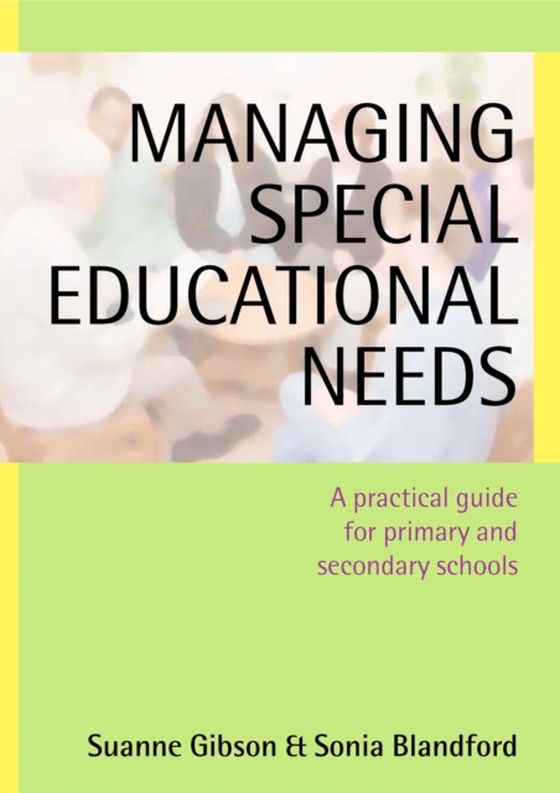
Managing Special Educational Needs e-bog
359,43 DKK
(inkl. moms 449,29 DKK)
'This is a most worthwhile book which contributes significantly to the general body of knowledge on managing pupils with special education needs. I found it interesting and informative. Schools cannot but benefit from the book's scope, and from insights into the many and varied aspects on SEN provision' - REACH`A particular strength of the book is the way in which individual chapters provided &...
E-bog
359,43 DKK
Forlag
SAGE Publications Ltd
Udgivet
18 april 2005
Længde
176 sider
Genrer
Teaching of students with different educational needs
Sprog
English
Format
pdf
Beskyttelse
LCP
ISBN
9781847877888
'This is a most worthwhile book which contributes significantly to the general body of knowledge on managing pupils with special education needs. I found it interesting and informative. Schools cannot but benefit from the book's scope, and from insights into the many and varied aspects on SEN provision' - REACH`A particular strength of the book is the way in which individual chapters provided "e;self-contained"e; material which lends itself for use in school-based staff development activities. The book includes a lot of information that SENCOs, inclusion managers and members of school leadership teams should find useful - SENCO Update `The strongest point about this book is that it gives a good overview of the history of special educational needs policy in this country, including recent development on inclusion - TES Extra Special NeedsIt is a very practical account and should be a handbook for any newly appointed SENCO... [while] for experienced SENCOs and organisations where inclusion is not an issue, this book is a reminder of good practice - SpecialWritten from a practitioners perspective, this book shows schools how to effectively implement and manage an inclusive school environment. Drawing from their experience in a range of schools, the authors highlight the problems encountered by professionals in both primary and secondary school settings and offer practical solutions and advice. The book offers guidance on: the role of the SENCO as a teacher and manager; government policy and legislation; self-evaluation, good practice and monitoring; how to relate SEN to school targets and development plans. Primary and secondary school teachers, headteachers, student teachers, SENCOs, LEA Advisers and professionals involved in the management of Special Educational Needs in schools will find the practical support offered in this book invaluable.
 Dansk
Dansk

